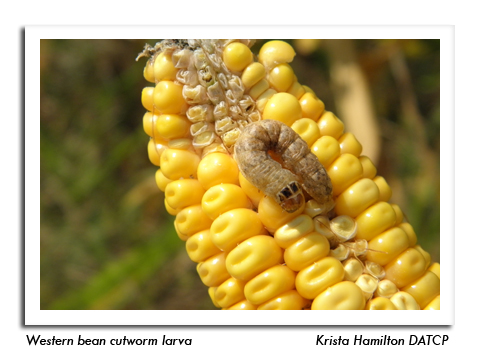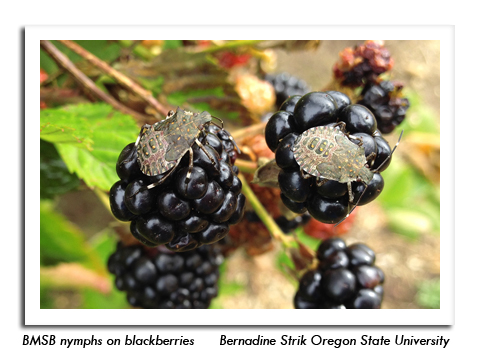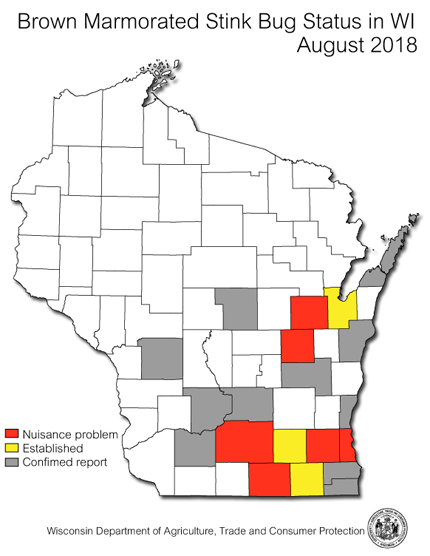
 |
|
|
Looking Ahead
Volume 63 Number 15 Date 08/16/2018 CORN ROOTWORM - Early results of the August beetle survey indicate populations are low. Economic counts of 0.75 or more beetles per plant have been documented in only six of 81 cornfields (7%) surveyed as of August 16, and the average thus far is only 0.2 per plant. Beetles were not observed in 54 (67%) of the sampled fields. The annual survey for adult rootworms, which forecasts larval root damage potential for 2019, will continue for another two weeks. LATE BLIGHT - Development of this disease has been confirmed by the UW in commercial potatoes in Adams and Marquette counties. Protective fungicidal treatments of susceptible potato and tomato crops should be maintained on a seven-day schedule. UW-Extension Vegetable Plant Pathologist Dr. Amanda Gevens recommends a five-day treatment interval for growers in close proximity to the counties with known infections now that late blight is present in the area. All Wisconsin samples tested to date are of the US-23 genotype. CORN EARWORM - Migrants arrived in significant numbers during the week ending August. DATCP's monitoring network of 15 pheromone traps registered a total of 622 moths, with the largest captures (50+ moths) occurring in Columbia, Dane, and Dodge counties. The weekly high count was 206 moths in the trap near Mayville in Dodge County. Egg laying is likely to intensify with this late-season migration and the risk of damage to sweet corn will persist into September. EUROPEAN CORN BORER - Egg deposition has been underway since late July and is expected to continue through August. The treatment window for second-generation larvae has closed in advanced portions of southern Wisconsin, and remains open only a few more days in the central areas. Final inspections of sweet corn for egg masses and small larvae are advised before 2,100 degree days (modified base 50°F) have been reached. WESTERN BEAN CUTWORM - Counts have declined to low levels as the annual flight subsides. Only 11 of DATCPs monitoring network traps captured moths in the past week, with totals below six moths per trap. The cumulative state count as of August 16 is low at 619 moths in 55 pheromone traps (an average of 11 per trap). Network participants may remove their traps at this time. BROWN MARMORATED STINK BUG - Late-summer populations are likely increasing in areas of the state where BMSB is established, particularly in the southeast quadrant, including Brown, Dane, Milwaukee, Outagamie, Racine, Rock and Waukesha counties. It will be important for fruit and vegetable growers, gardeners, and property owners to remain alert for stink bug activity in late August and September. Apple growers statewide are encouraged to monitor BMSB during harvest either visually or with traps set along the orchard perimeter. This new invasive pest is naturally attracted to lights, so growers who suspect its presence in their orchards or on their farms should watch for BMSB adults near lights throughout fall. -- Krista Hamilton, DATCP Entomologist .jpg)





|
|
|